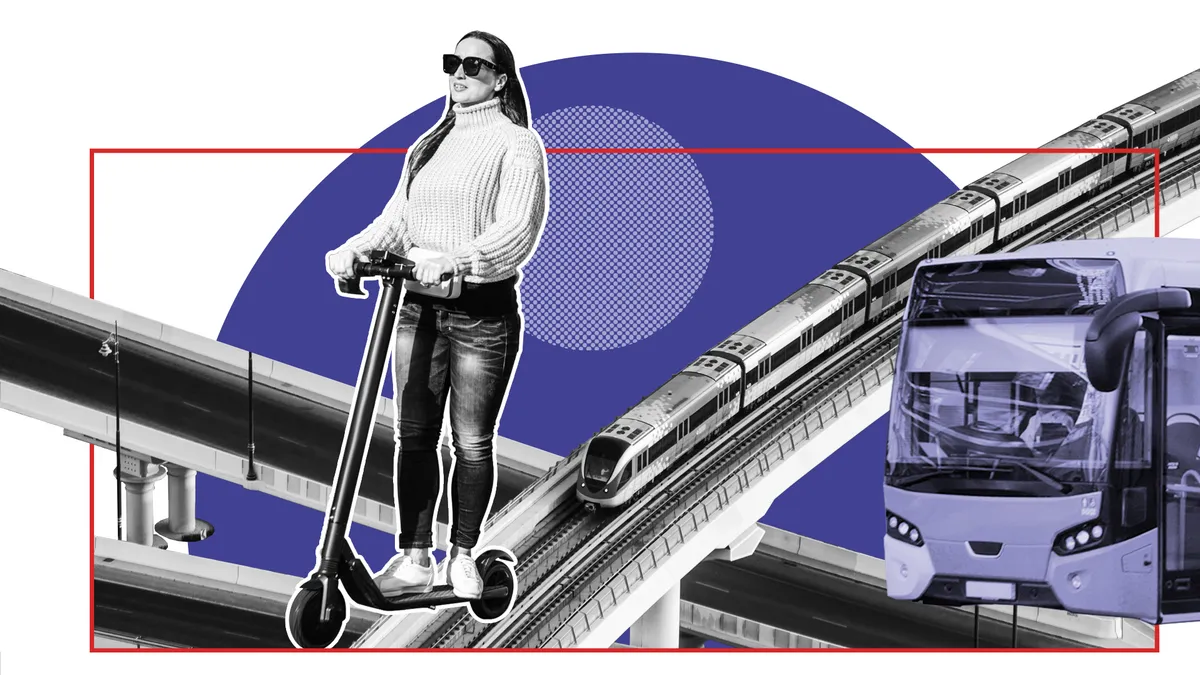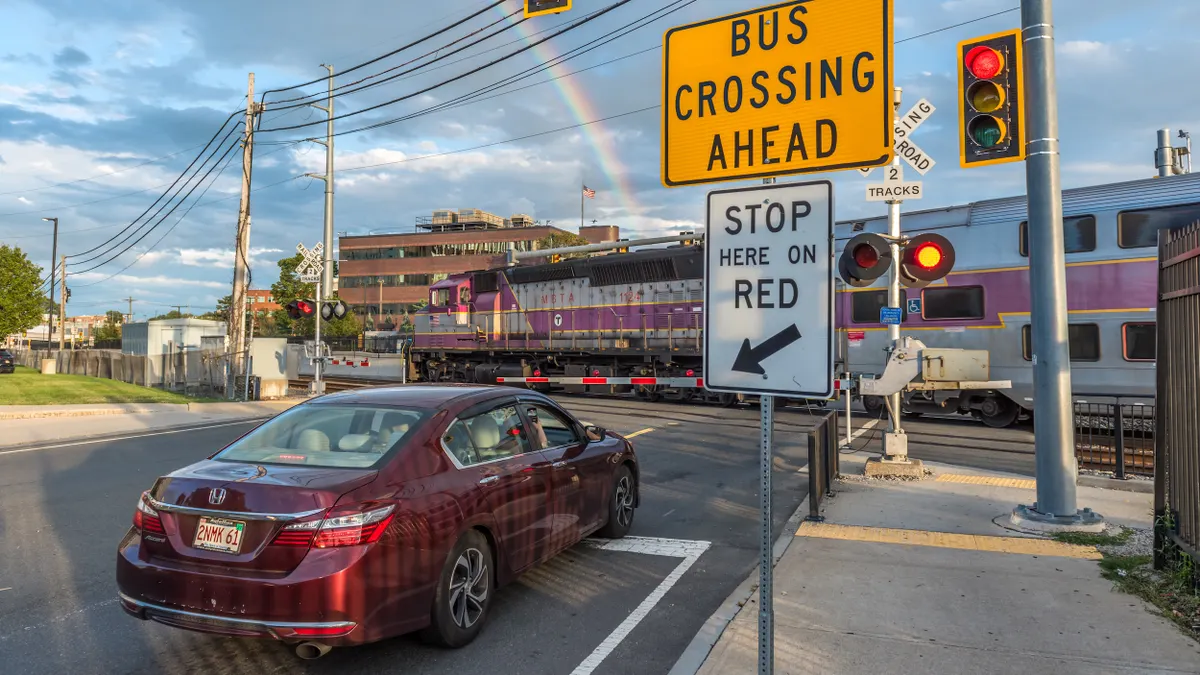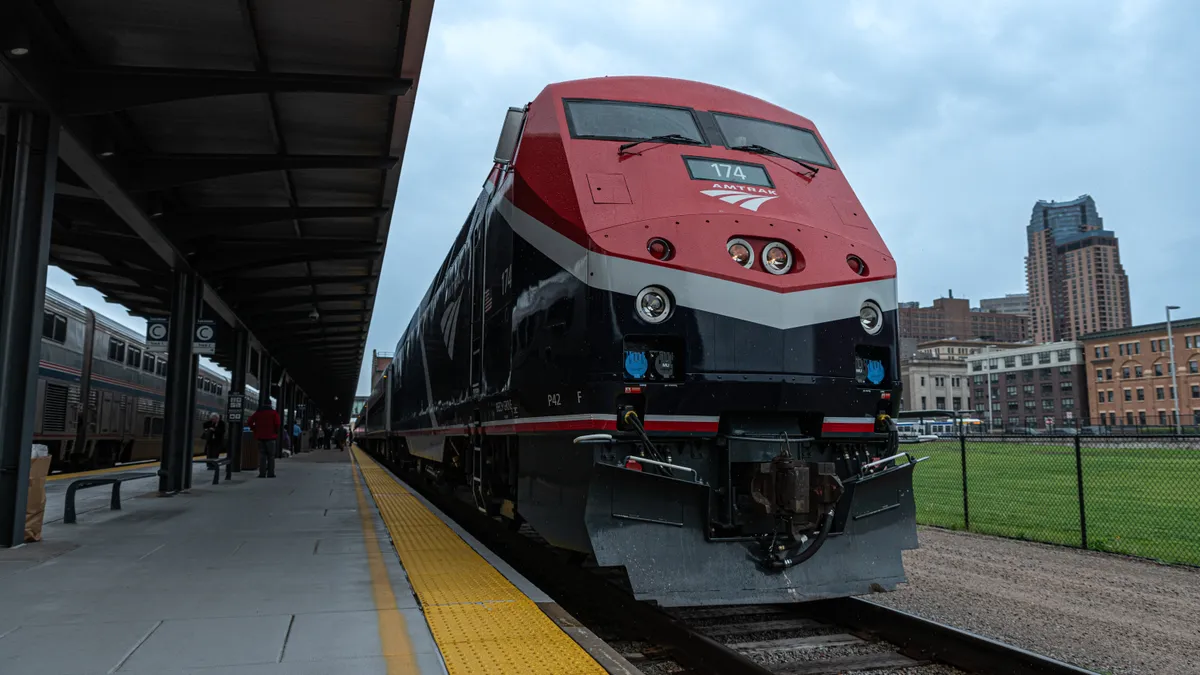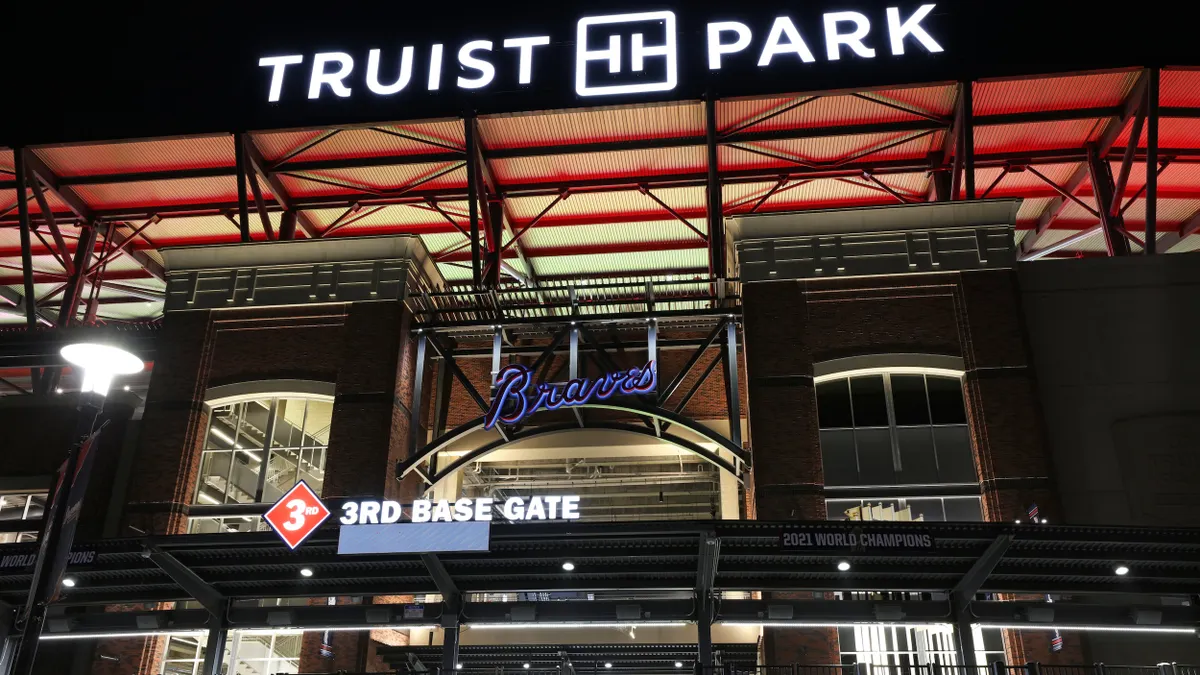For the last ten weeks, an eerie silence has rippled through U.S. public transit systems. While most transit is still operating to support essential workers amid the COVID-19 pandemic, the typical chatter of city dwellers and swarms of crowds at rush hour have virtually evaporated with falling ridership numbers.
As cities inch toward reopening, agencies are questioning how to regain the trust and loyalty of riders who fled public transit for alternative forms of transportation — like personal car use — in fear of crowds and infection. There are even worries that personal car usage will spike during recovery, as it did in Wuhan, China, which could lead to increased congestion and greenhouse gas (GHG) emissions.
In what looks to be an uncertain future, public transit leaders are left to wonder: How do we return to "normal" and how can we prepare for a potential backlash of single-occupancy vehicles?
Getting back to basics
The first priority of transit agencies will be to return service levels close to where they were before the pandemic — which could be complicated by a dramatic drop in farebox revenues nationwide, leaving agencies strapped for cash.
As part of the $2 trillion Coronavirus Aid, Relief, and Economic Security (CARES) Act, Congress issued a $25 billion cash infusion for public transportation systems to fund operations, make up for lost revenue and sustain jobs. While many agencies expressed gratitude for the funding, it may not be enough.
In a March report, TransitCenter estimated agencies will lose up to $38 billion annually due to lost fare revenue and additional coronavirus-related costs. While the financial ask may scare governments looking to balance other priorities, some experts say it is a crucial investment for the public.
"We must not forget that public transit is the mode the majority of people use around the world, particularly lower-middle class, low-income people, to get to their jobs, to get to essential services, education and so on," Anjali Mahendra, director of research at the World Resources Institute's (WRI) Ross Center For Sustainable Cities, said during an April webinar.
A key to rebuilding ridership, especially in lieu of further federal funding, will be rebuilding rider trust. This will take time and an effective communications strategy from agencies, especially when emphasizing steps to ensure sanitation and safety on vehicles. Transit agencies might take their lead from airlines, with Southwest among those releasing detailed plans of how they intend to keep aircraft clean and protect passengers from infection.
"People take any mode of public transportation for convenience. These things that you can do to increase convenience are all going to help you attract more people to ride public transportation."

James Gooch
Head of marketing, Masabi
"We have to create a transit system that people want to use," Alice Bravo, director of Miami-Dade Transit, said during a recent webinar hosted by NewCities. "It's going to be based on their needs. We need to be efficient. Normally how we attract people to transit is we tell them you can save time. We have to see what the target market looks like in order to craft our message."
In the meantime, some experts have suggested experimenting with shuttle services to ease commuters back into using shared transit. Many tech giants in Silicon Valley already run shuttle services for employees who live far away from their offices, and with cities' help, those could serve a good middle ground.
"Companies that want to create safe environments [they] can control much better, and countries will have to support these businesses in order to help them reignite," Liad Itzhak, head of transportation management company HERE Mobility, told Smart Cities Dive.
Transit agencies have also experimented with safety measures on public transit, such as offering free bus rides in exchange for rear-door boarding in an effort to protect bus drivers, that could be carried on into the recovery phase of the pandemic.
"People take any mode of public transportation for convenience," James Gooch, head of marketing at fare payment platform company Masabi, told Smart Cities Dive. "These things that you can do to increase convenience are all going to help you attract more people to ride public transportation."
Shovel-ready reluctance?
While recovering from the pandemic is the short-term priority, many leaders are starting to also think about the long-term impacts of recovery measures, particularly as it relates to infrastructure funding.
In April, leading Democrats in the U.S. House reupped their infrastructure plan, known as the Moving Forward Framework, which was originally unveiled in January. The plan calls for a $105 billion investment in transit and $55 billion in rail.
During a recent conference call renewing that infrastructure push, House Democratic leaders said fixing broken and outdated infrastructure like bridges and roads should be a priority, as well as giving transit agencies more money to improve service and giving financial help to what they called "the most impactful projects."
For some, it brings back memories of the Great Recession and the major stimulus package passed at that time, known as the American Recovery and Reinvestment Act (ARRA) of 2009. That package allocated $8.4 billion for public transportation projects to aid job creation, but it came under fire for funding "old, irrelevant" infrastructure programs not meant for economic recovery, according to a report co-written by Transportation for America.
Instead of investing in areas like roads, the report urged more spending on public transportation projects amid the COVID-19 crisis as that spending can create jobs faster.
The House Democrats' plan also noted the importance of projects that can quickly get approvals and start on construction. Those projects have been described as "shovel-ready," a term coined in the 2009 stimulus and derided by some critics as promoting ineffective work that does not create the intended jobs.
While there is some excitement about the possibilities to build out new infrastructure, Ani Dasgupta, global director of WRI's Ross Center for Sustainable Cities, emphasized that "shovel-ready" projects are not the solution.
"I will shoot myself in the head if I hear 'shovel-ready' one more time, because it means we'll be doing the same as we have done for all these years," Dasgupta said on a late April webinar hosted by WRI.
That is a view echoed by some Congressional Republicans, who are deeply skeptical of a new infrastructure push and "shovel-ready" projects.
"We know now that 'shovel-ready' doesn’t work, and that more effective ways to get federal funding into projects and creating jobs is by speeding up the project permitting process and funneling available funding through good existing programs, such as the Federal-Aid Highway Program and the Airport Improvement Program," Rep. Sam Graves, R-MO, Ranking Member of the House Committee on Transportation and Infrastructure, said in an April statement.
A new hope
If an infrastructure package is in the offing, there are calls already for new, innovative thinking on where the money could be spent.
"How do we get people not just turning to more cars in cities and driving because they don't want to be near people?" asked Greg Billing, executive director of the Washington Area Bicycling Association (WABA), in an interview with Smart Cities Dive.
Brianne Eby, a senior policy analyst at the Eno Center for Transportation, warned during a webinar that the current reduction in traffic is just a short-term effect of the virus, and cities should not let up on pursuing initiatives, like congestion pricing, to curb the use of single-occupancy vehicles. There have been calls for any infrastructure investment to encourage alternative modes of transportation, such as cycling and walking, to combat a potential rise in car use.
"Coming out of this, there will be still a lot of demand for transportation that is economical, that is environmentally more sustainable than single-occupancy vehicles."

Chris Pangilinan
Head of global policy for public transportation, Uber
A growth of cycling in cities has been seen as positive, with some looking for ways to make the trend stick through investments in bike-friendly infrastructure and redesigned streets. While it may take time for city dwellers to significantly change their mobility habits and preferences, there is hope among some that investing now in those forms of mobility will help them to gain a bigger foothold in the future.
"What we want to do is figure out how we can help create a bigger national constituency for safe streets so that this is not a trend that's a flash-in-the-pan during Covid, but a trend that has lasting effects across our streetscape," Brian No, head of public policy at mobility company Spin, said on an April webinar hosted by the Intelligent Transportation Society of America (ITSA).
Spin is among the shared scooter operators that have seen a collective dip in ridership during the pandemic, forcing some fleets to be temporarily removed from existing markets, though Spin President Euwyn Poon is confident the demand for shared scooters will rebound.
Ride-hailing has also fallen victim to plummeting ridership. Uber Pool and Lyft Line both temporarily shuttered in mid-March in a bid to help slow the spread of the infection between drivers and passengers, and Uber is even looking for new ways to re-employ drivers who cannot make a living off of the low demand for rides.
During the ITSA webinar, Chris Pangilinan, Uber's head of global policy for public transportation, and Lilly Shoup, senior director of policy and partnerships at Lyft, agreed ride-hailing will see a resurgence once it is more safe.
"Coming out of this, there will be still a lot of demand for transportation that is economical, that is environmentally more sustainable than single-occupancy vehicles," Pangilinan said.
To keep up with all of our coverage on how the new coronavirus is impacting U.S. cities, visit our daily tracker.




















